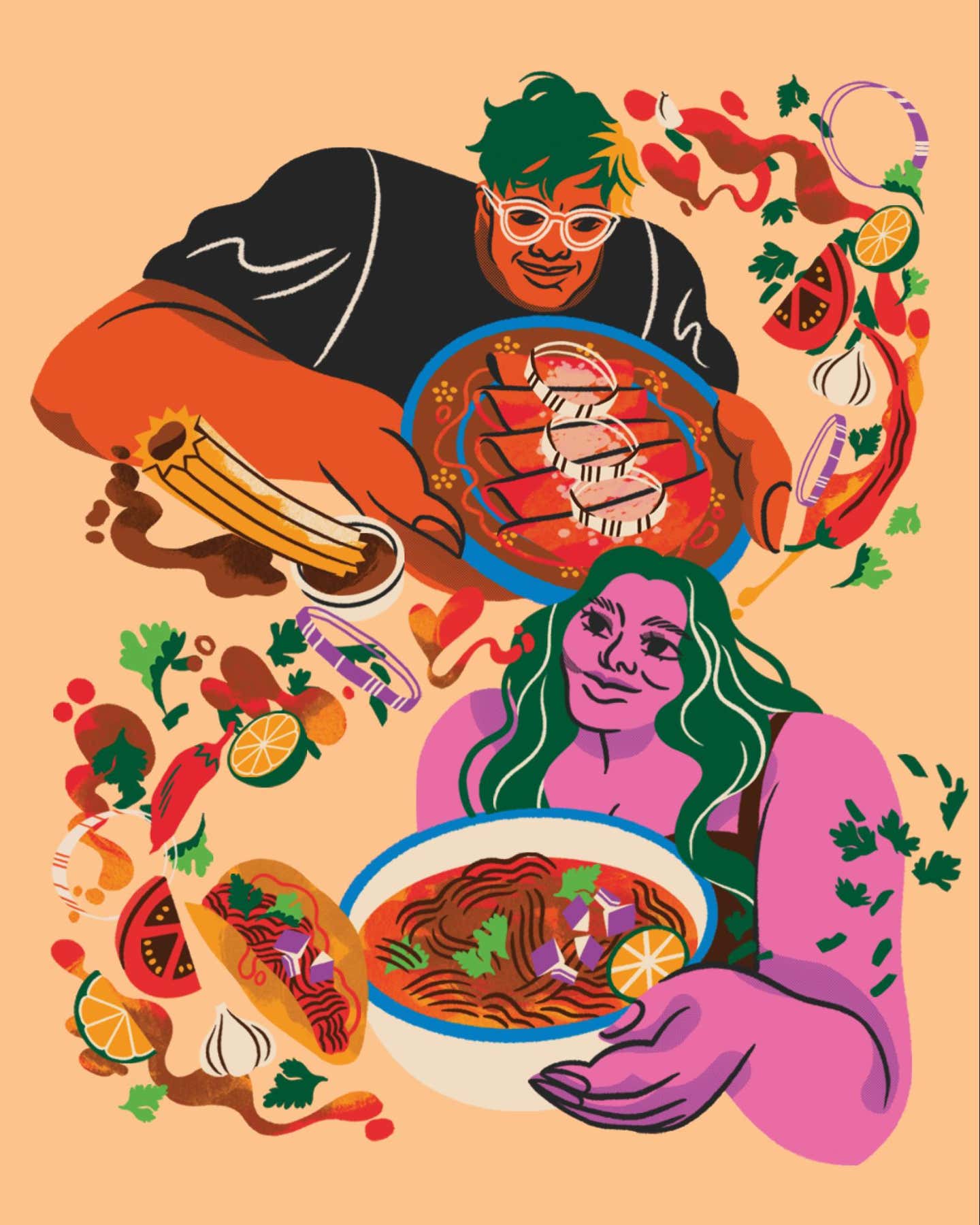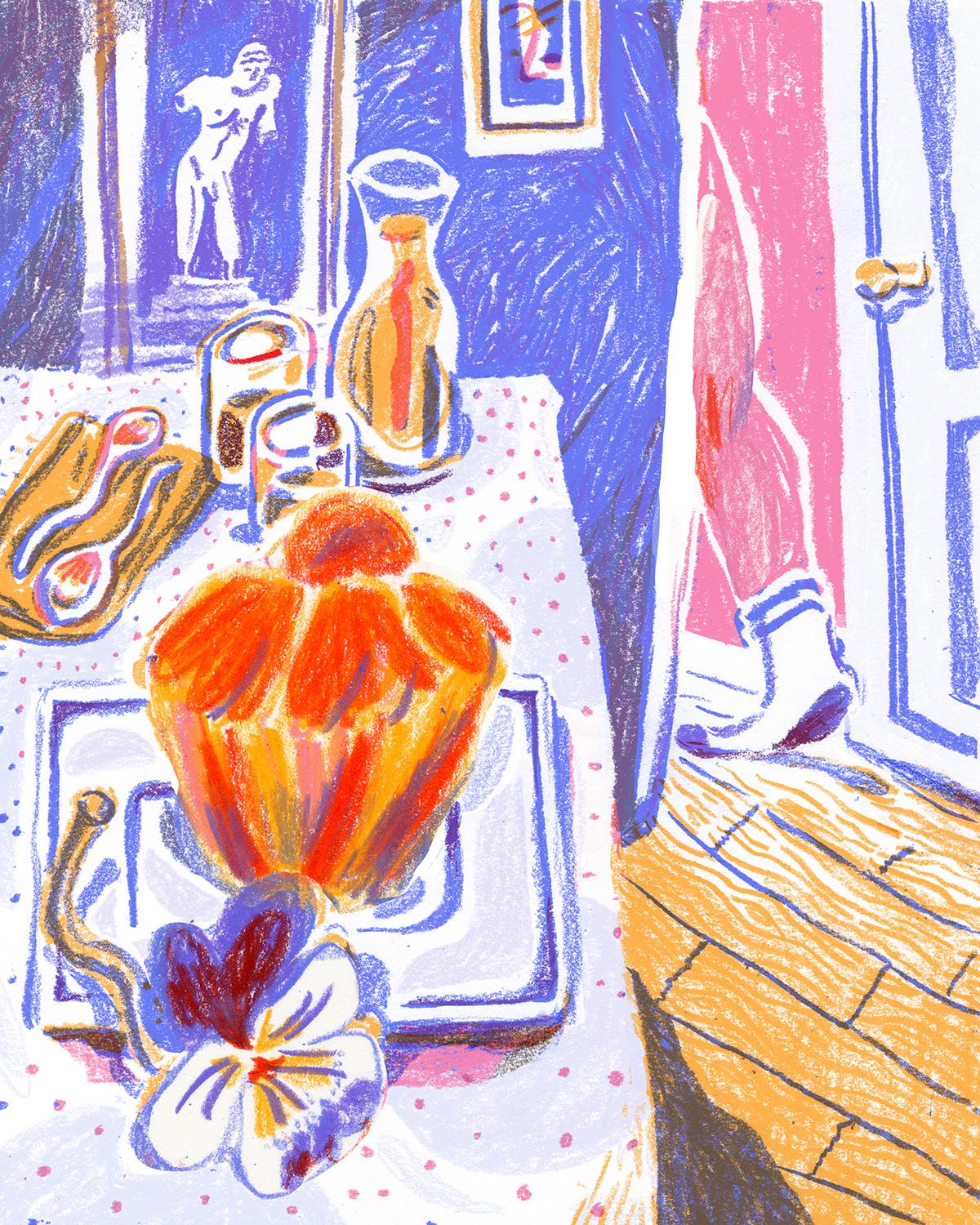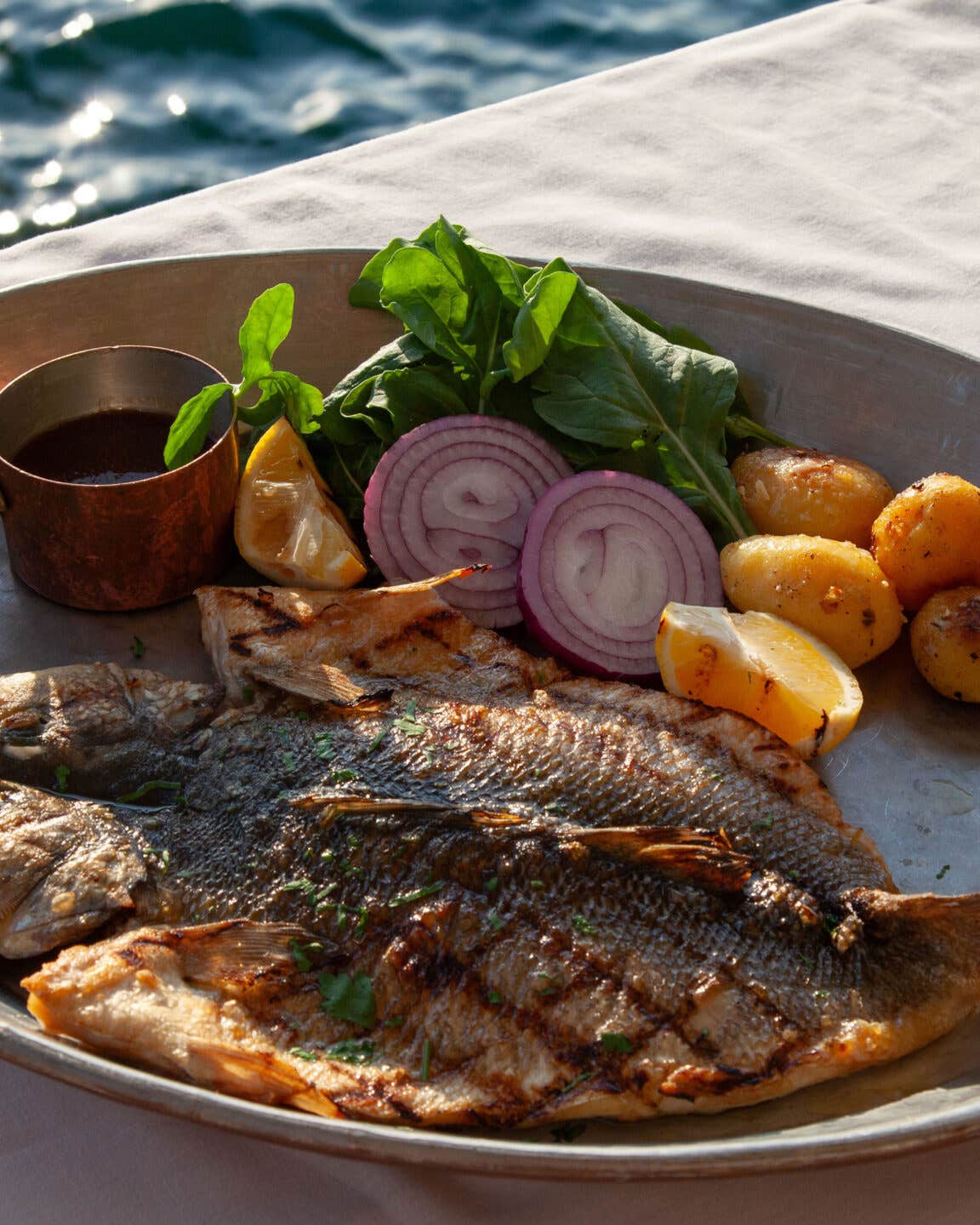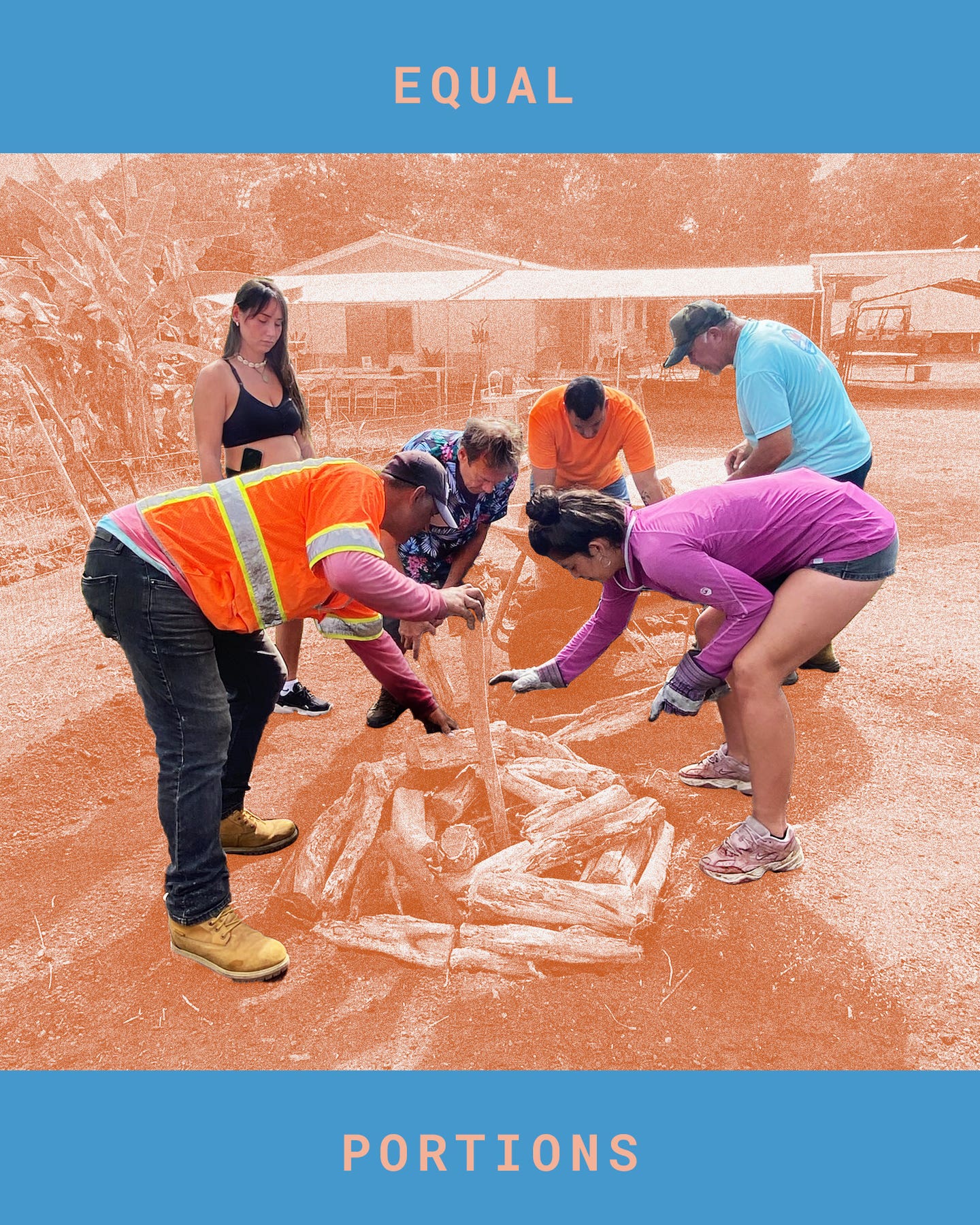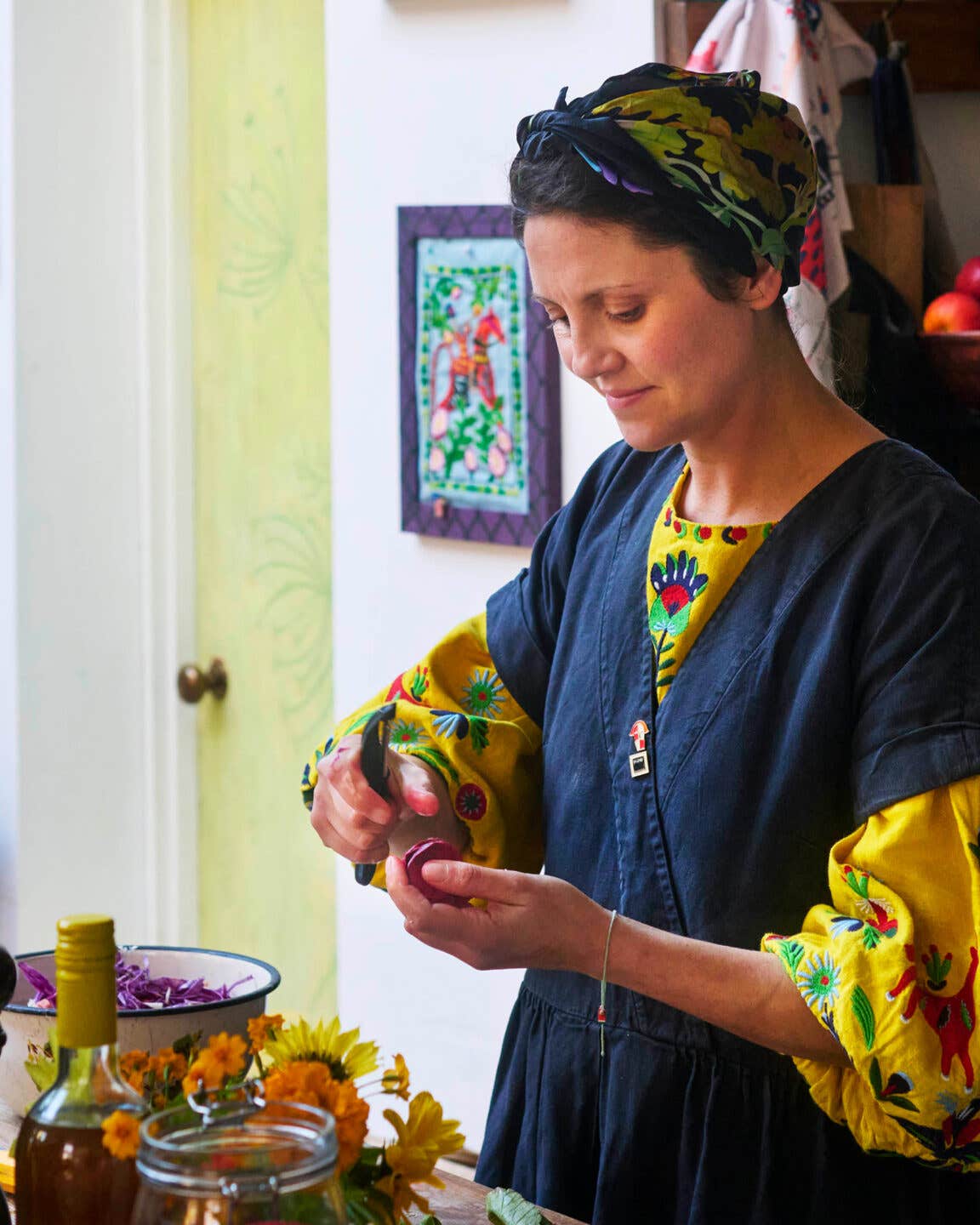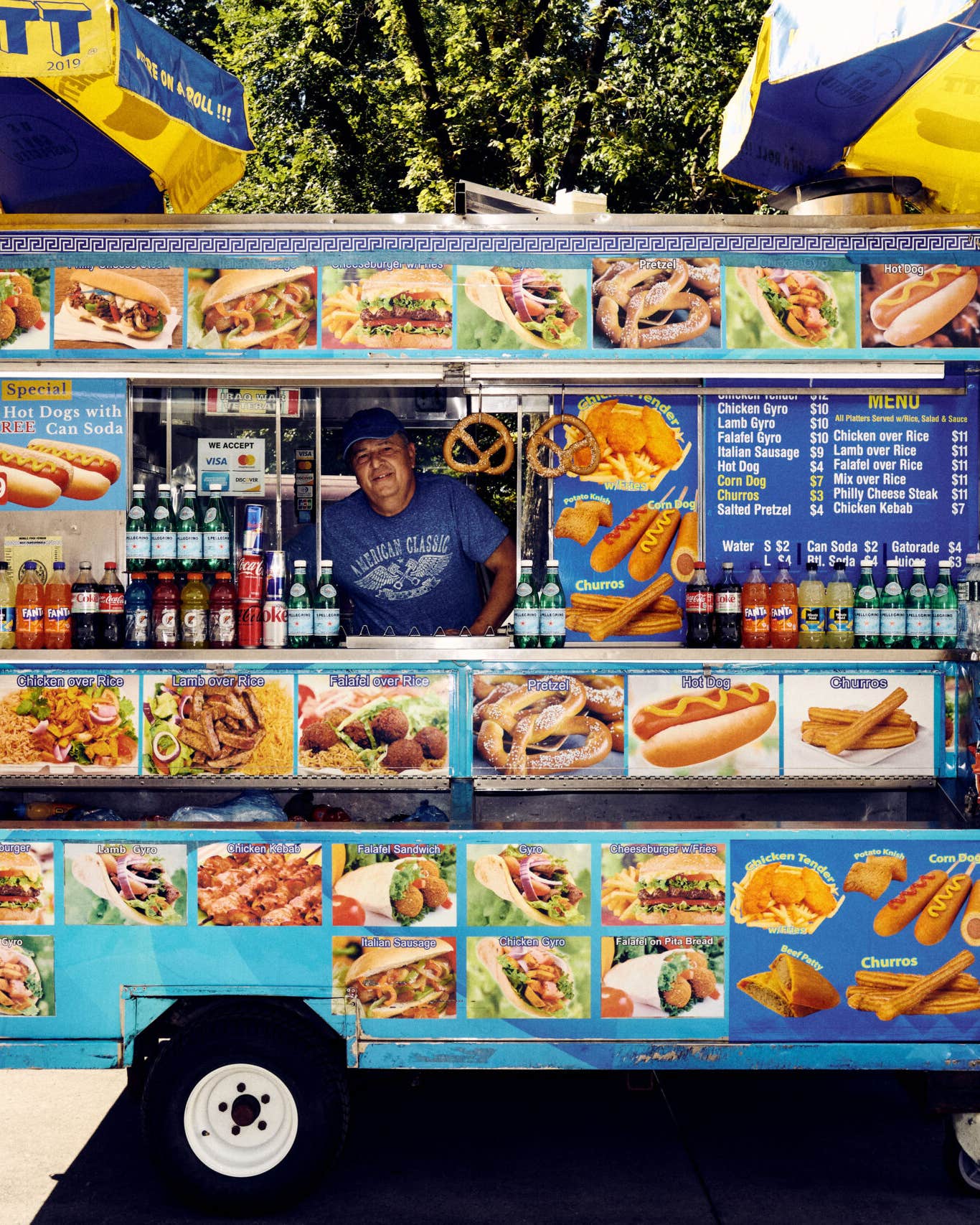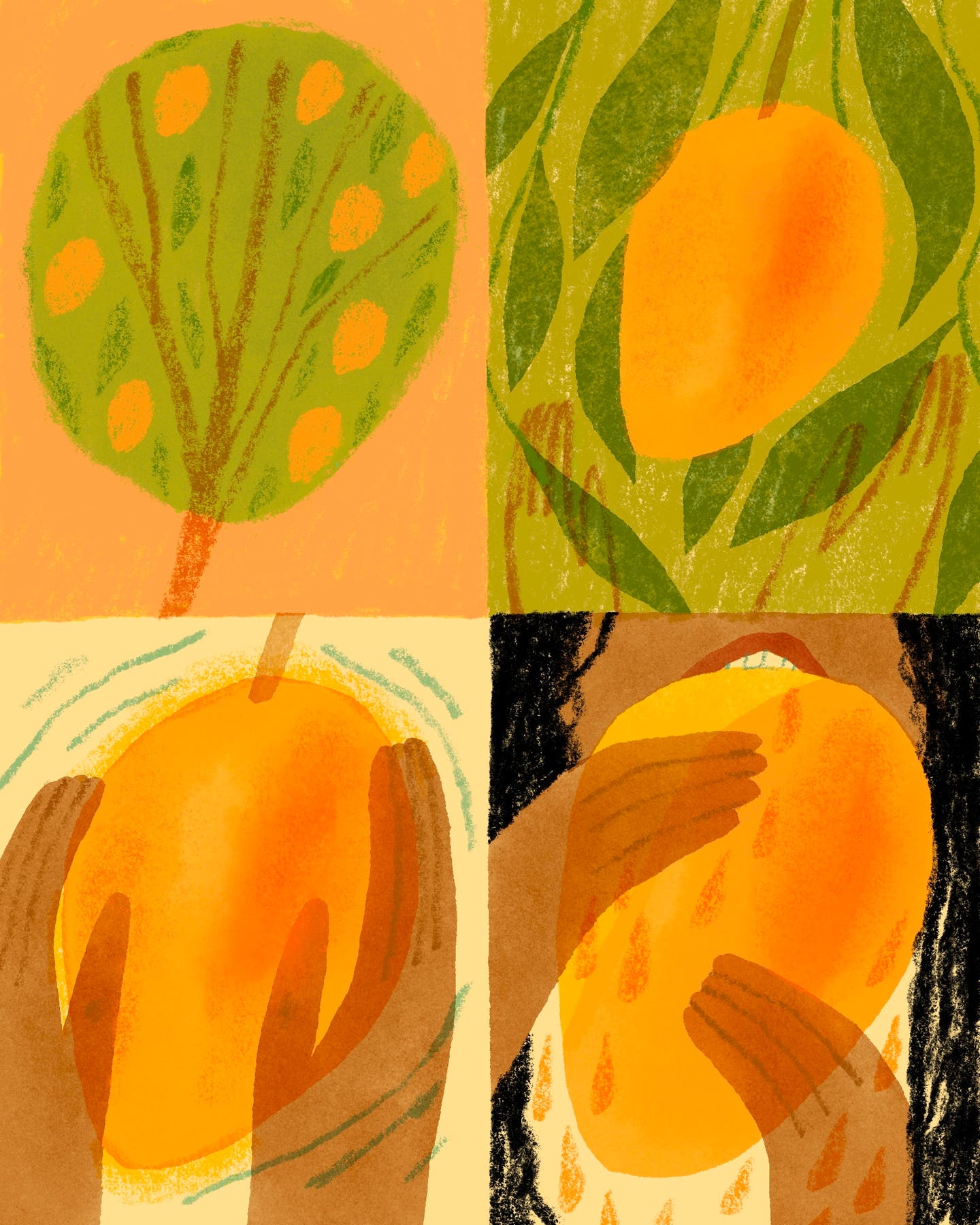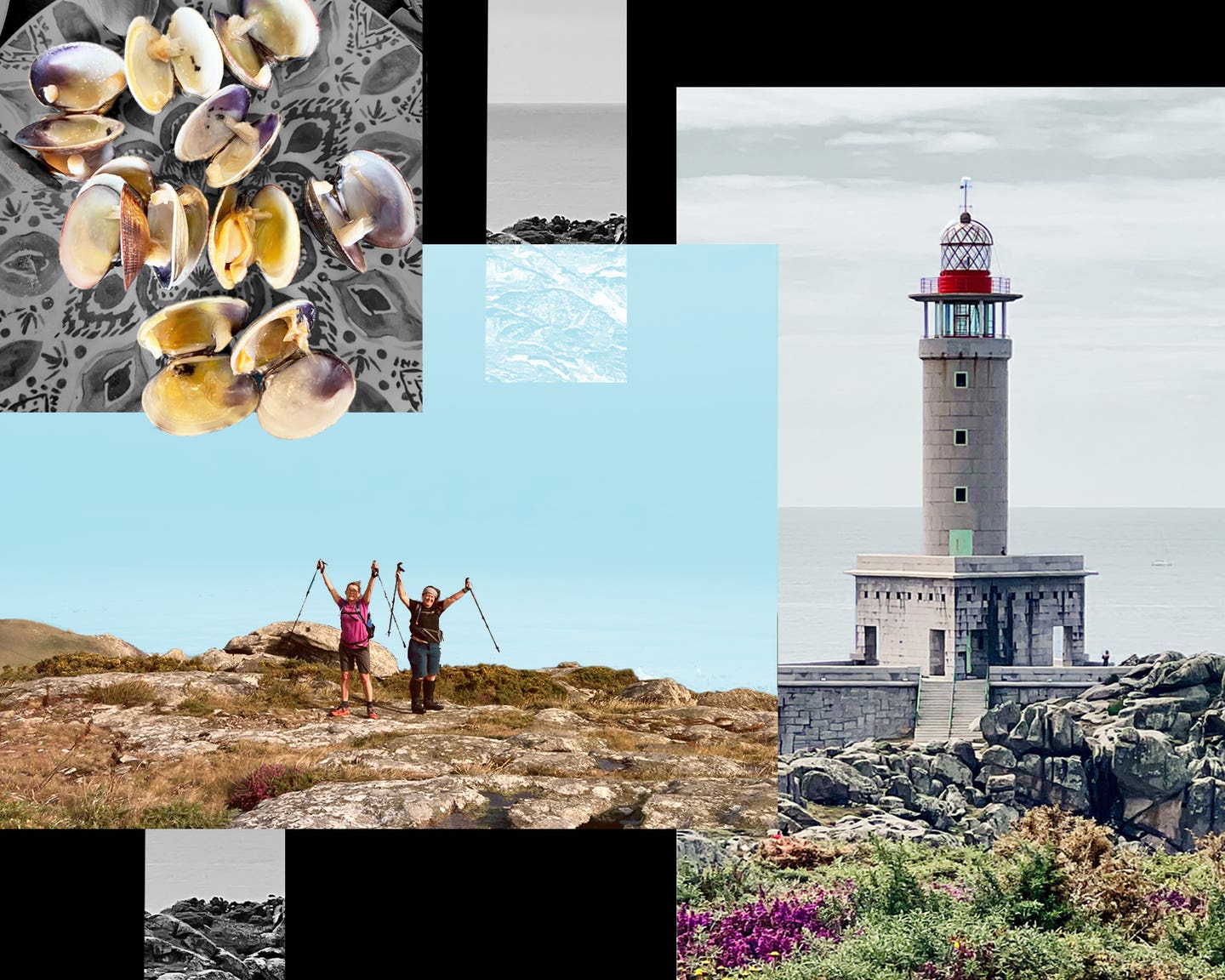
Uncovering Galicia’s Wild and Wonderful Cuisine Along the Camiño dos Faros
The legendary “Way of the Lighthouses” hike in northwest Spain is as much about the food as it is about the scenery.
In a dark, rundown breakfast bar in Galicia, some 450 miles west of Pamplona, I sat nervously, eating my pan con tomate as a TV overhead announced the 2024 Running of the Bulls. On my plate, the smashed tomato toast sunrise stippled with garlic slivers was so savory and satisfying that I almost forgot the reason I had traveled to Spain in the first place.
This isn’t a story about bulls and scarlet sashes. Unlike Hemingway, I was searching for meaning in a quieter, less-trodden corner of Spain: the rugged Costa da Morte in the country’s northwest. O Camiño dos Faros. The Way of the Lighthouses.
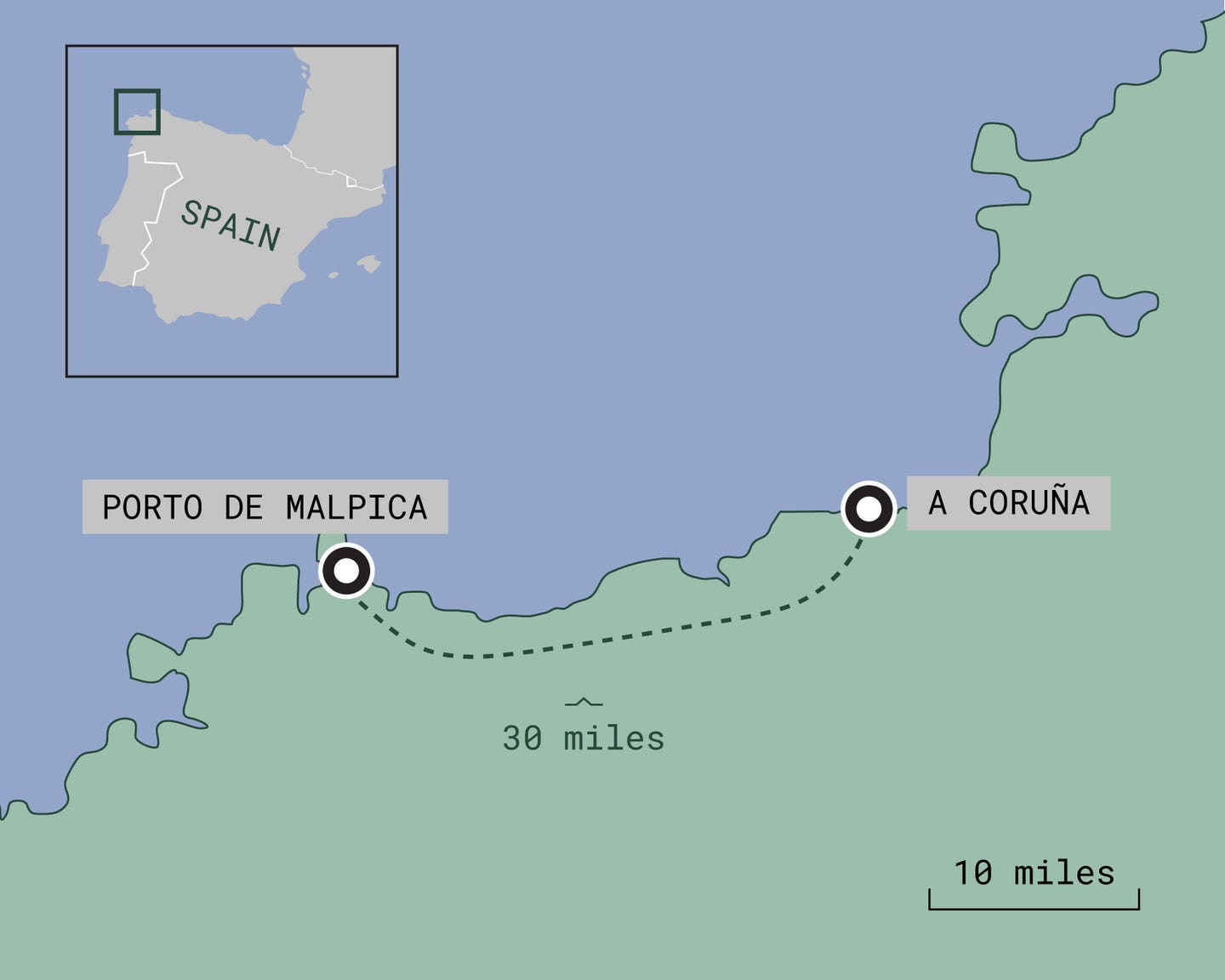
Across the table, Tamlyn, a UK-based wine writer from Zimbabwe, and her husband, Brad, a master’s student from South Africa, sipped their second cafés sin leche. After the pandemic, the three of us had made a pact to pursue unfinished chapters and unresolved endings. Our first challenge was this 125-mile gauntlet, which we hoped would ground us through people and place—with good eating and drinking along the way.
That much I knew about Galicia, Spain’s misty green oasis propped atop Portugal: It was a culinary wonderland, a technicolor fever dream of wild seafood, earthy greens, and creamy cheeses—all finished with a touch of olive oil, a sprinkle of smoked paprika, or a pinch of salt that harked back to the surrounding sea.
On the walk, we’d hopefully taste it all. But before striking out, we looked over the route one last time. First was a quick drive to the trailhead in the remote fishing village of Porto de Malpica, from which we’d follow a serpentine path along the wild western coastline, traversing dizzying granite cliffs, sandy turquoise beaches, and ethereal eucalyptus stands to the final destination the Romans named ‘Finis Terrae’—land’s end. So began our path of light, following the coast of death to the end of the world.
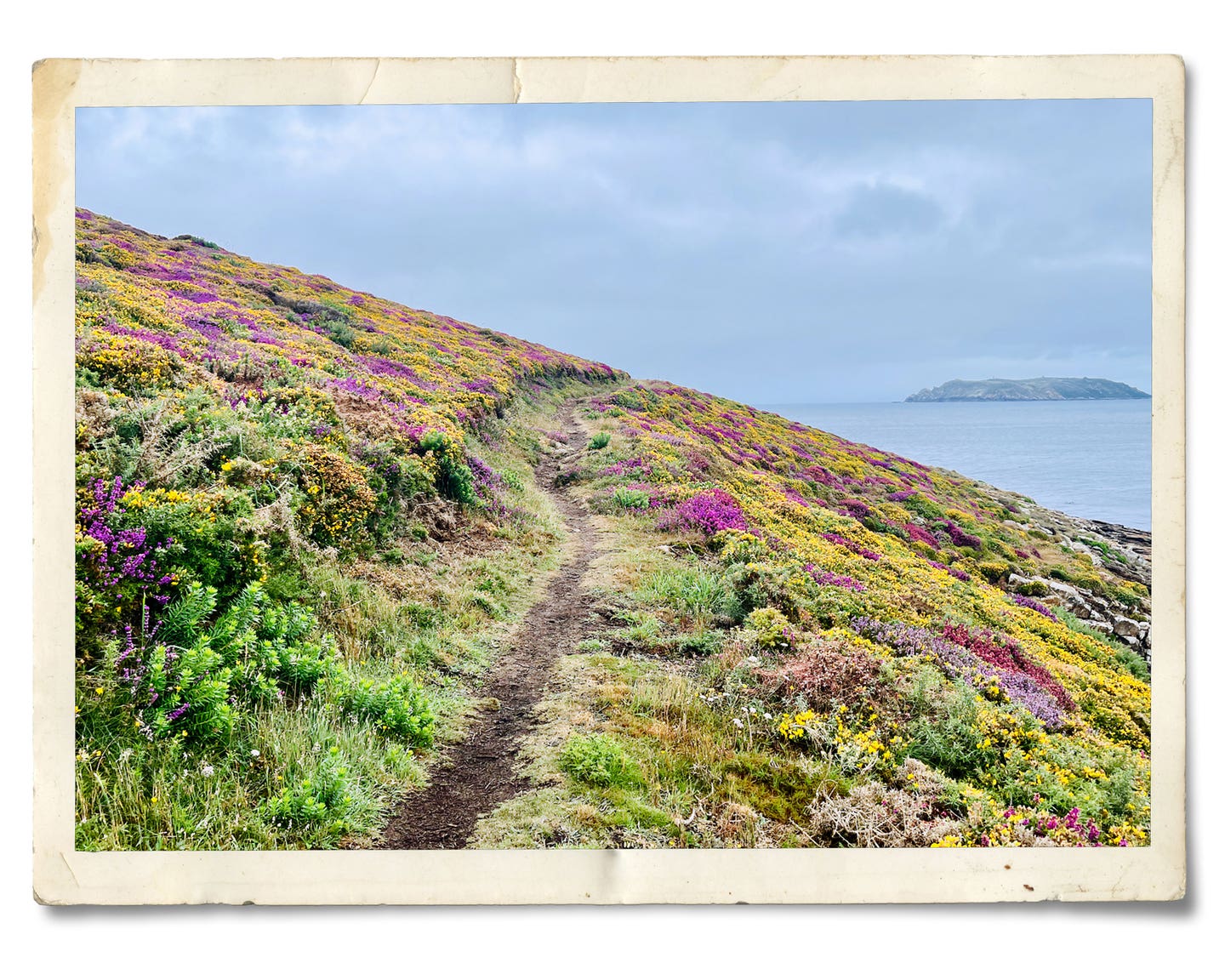
Day 1: I Spy with My Little Eye…
Our driver, Jorge, turned out to be a hardcore “trasno,” local slang for a person who has successfully completed the Camiño. (A “traski,” on the other hand, was somebody currently on the hike.) “I’ve walked it over 60 times,” he said through a translation device hooked into the taxi’s sound system.
The windshield wipers struggled to keep pace with the rain, even as he assured us the storm would pass in time for our lunch stop at Restaurante O Xan near Praia de Barizo. We asked him how he knew, and he shrugged: “Galicia.”
The deep, tangled roots of the local Galego language include Germanic and Celtic origins as well as Portuguese, Spanish, and Latin. Yet, for most of those eight days, it felt as if Galicia itself needed translating. To me, the region was a wholly unfamiliar Spain, worlds away from the sun-soaked sands of Costa del Sol, the vibrant nightlife of Madrid, and the bustling crowds of Barcelona. Even the landscape would prove to be as changeable as the weather, shape-shifting from dramatic seascapes to bucolic knolls to fairytale forests where iridescent moss and oversized bracken seemed to reclaim all they touched.
Jorge’s advice as he snapped our picture at the Camiño’s start? Keep the sea to your right.
We set off, armed with laminated maps, small bags of nuts and homemade biltong, and a bottle of local mencía wine. Our trekking sticks found their rhythm against the wet cobblestones as we passed a small seaside bar. I wondered if the men sitting outside were taking bets on our chances.
We started our ascent into heath-covered bluffs, passing miles of wild hydrangeas in hues from pale pink to cerulean blue. In the distance, we spied the outline of the uninhabited Sisargas Islands and the automated lighthouse, the first heading south on the dangerous Costa da Morte. When we grew hungry, we foraged for peppery orange nasturtiums, spicy fennel stalks, and the sweet nectar of honeysuckle blossoms. The closer we walked to the sea, the more the creeping lime-colored stands of rock samphire obscured the black stone walls in which they grew. The briny, herbal flavor of their fleshy stems tasted like an extension of the sea below.
Eight miles in, I was grateful for the nourishment when we discovered our lunch stop was little more than a neglected façade consumed by brambles. We took cover from the continuing rain under the crumbling patio roof and divided the biltong and wine among us.
Following lunch, the remote trail faded into a trace. This promise of solitude was one of the Camiño’s calling cards, and suddenly, our only companions were the sea daffodils, scrambling gromwell, and pink dorset heath swathed in the crimson filigree of a plant called fairy hair. At times, our path resembled a pulled thread on the tapestry of the Galician coast fluttering in the afternoon winds.
Eventually, we glimpsed the trail’s second lighthouse at Punta Nariga amid a landscape of seemingly sculptured stone. Whipping winds replaced the rain as we rounded the rocky point. Built by architect César Portela in 1995, Spain’s newest lighthouse resembles the bow of a ship rising 164 feet above a rugged outcrop. From here to the day’s finish, we lost all cell coverage and had to rely on the lighthouse and the sea to lead us ‘home.’
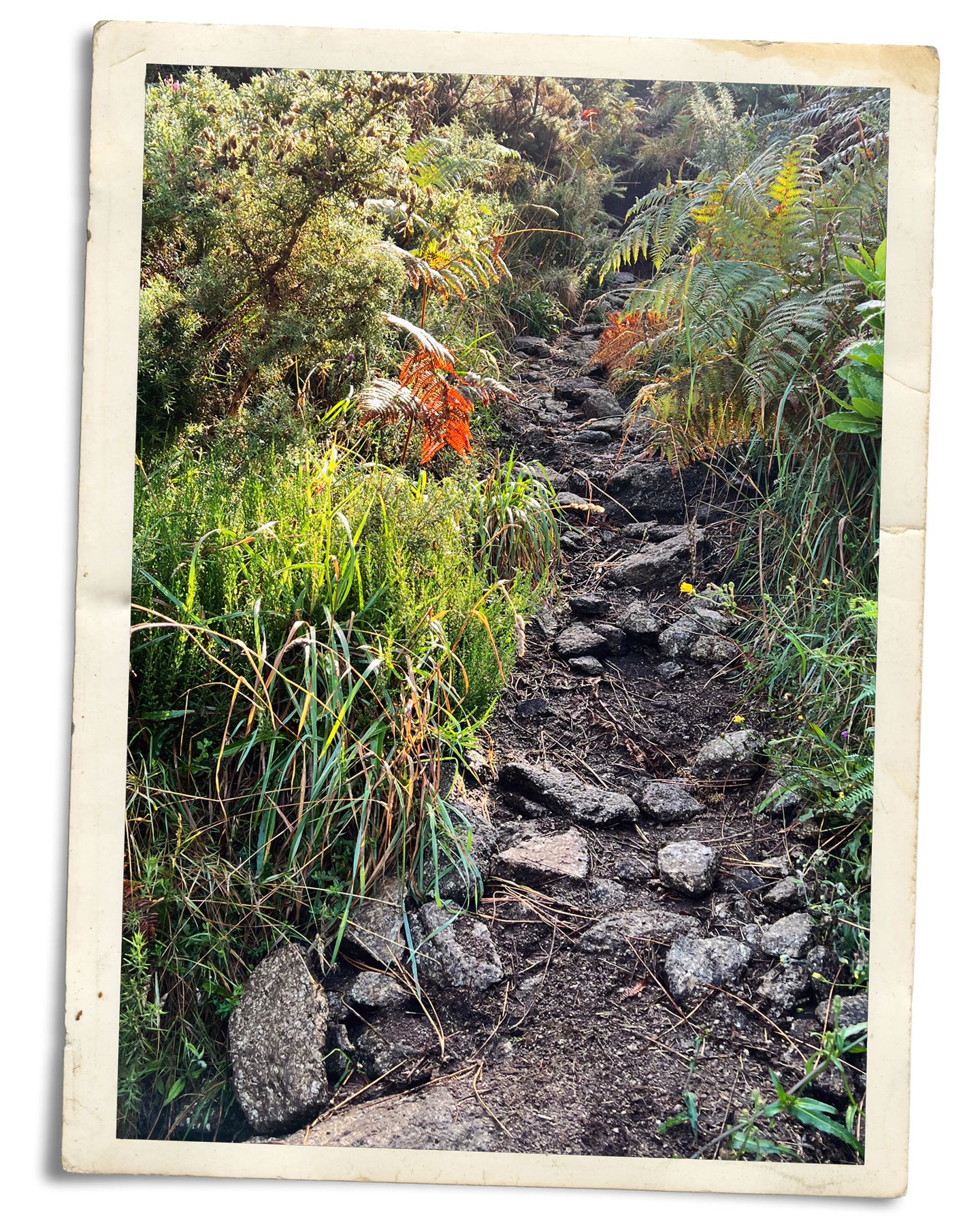
We were ravenous by the time we hobbled into Hotel Teyma for a dinner that began with cazuelas of chickpea and chorizo stew and continued with squid ink croquettes and grilled razor clams. Freshly plucked and simply prepared seafood reflected the purest bounty of the Atlantic.
With a bottle of albariño and the occasional godello—refreshing local varieties as honest as the regional food they complement—a variation on these staples would become our nightly constants. Menus were rare, but recommendations—as best we could decipher them—were plentiful.
Day 2: Thar’ Be Percebes Ahead
The 17-mile trek from Niñóns to Ponteceso demanded one of the largest altitude gains of the trip. I woke up to a bathtub—my impromptu washing machine—ringed with Galician mud. After inspecting my feet, I taped up a hot spot well on its way to becoming a blister. My thighs shook on the stairs down to breakfast, but it didn’t matter; I’d been looking forward to this morning for months. Today was percebes day.
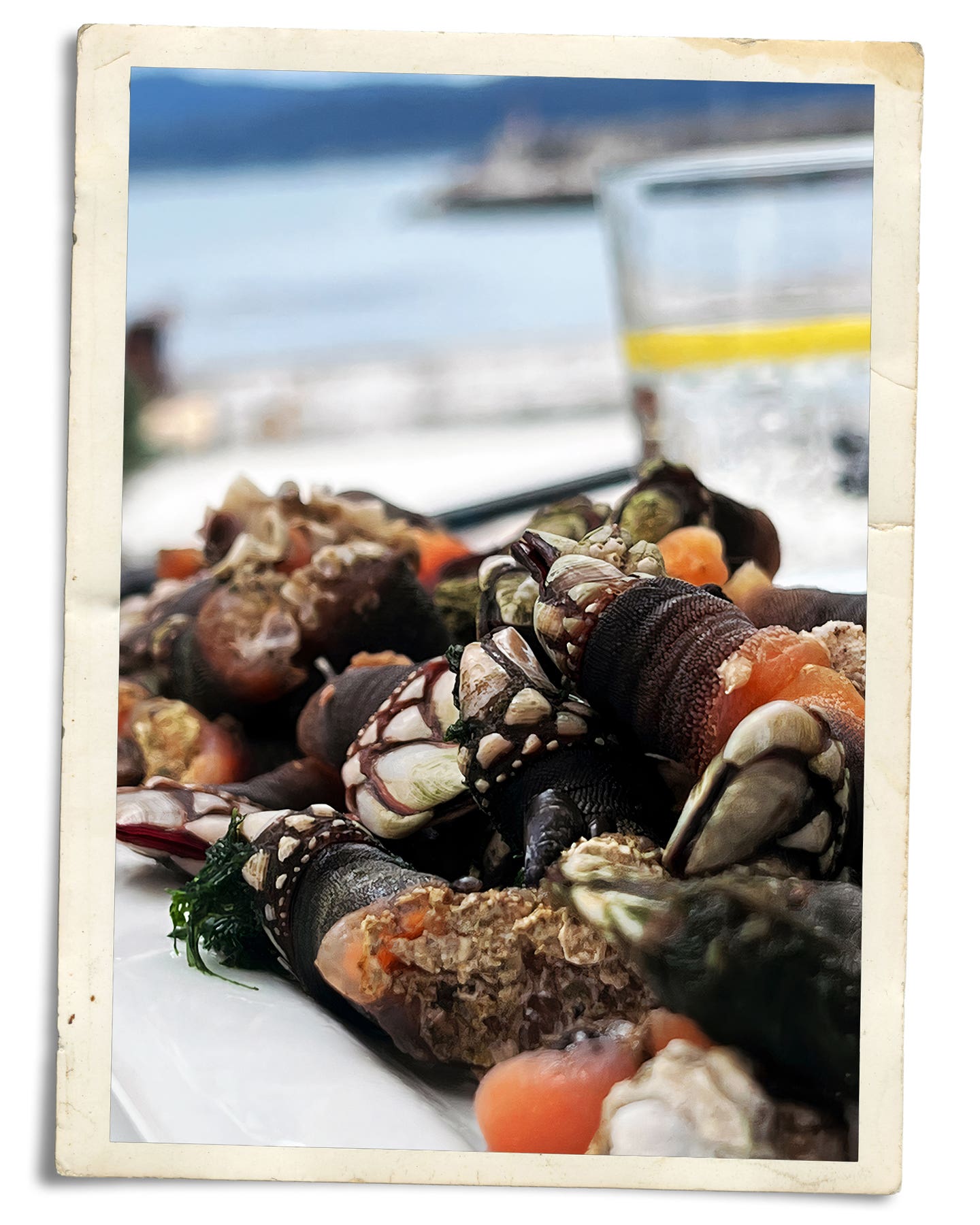
Growing up in New England, I’d reveled in a Maine lobster bake, each course steamed in seaweed we collected ourselves. I’ve burrowed in mud at low tide and taken seawater in my eye in pursuit of littleneck clams. But percebes were uncharted territory. Called Lucifer’s fingers or gooseneck barnacles in English, these prehistoric-looking critters use their thick, rubbery necks to attach to intertidal rocks, where they live in the powerful surf. The rougher the sea, the shorter (and meatier) the crustacean’s neck—and the higher the price. The harvest, which requires working the rocks by hand, is as dangerous as it is difficult. Percebeiros, who must adhere to strictly regulated yields, risk life and limb for the prized Galician delicacy.
Once harvested, though, cooking them is a cinch: A three-minute dunk in hot water seasoned with a bay leaf, then an equally brief ice plunge ensures the perfect temperature and consistency. Cool enough to touch, warm enough to taste, with a draw of lemon on the side.
But as much as we wanted to linger at breakfast, it was time to chug on. More percebes were waiting. Beyond Faro do Rocundo, we stopped for lunch at Cervecería Bernaldo in the wild, white-capped Port of Corme. We pointed to the “hay percebes” chalkboard out front and ordered.
“You take the lead,” Tam suggested when the plate of tiny dinosaur toes arrived. My initial attempts ended in spilled juice and profanity before finally figuring out how to remove the tough outer skin. The tender meat inside was surprisingly soft and sweet, akin to a Maine softshell lobster or a gently baked oyster. Halfway through our plate, the only hikers who had passed us the day before sat down at a nearby table. Communication again flowed through Google Translate, pantomime, and good will. Then, one of them saw Brad working his percebes with a fork. She approached our table and wagged a finger at the fork, “Sin tenedor!” Pinch, pull, et voilà—or the Galician equivalent thereof. Sea to your right. Percebes with your hands... Our crash course continued.
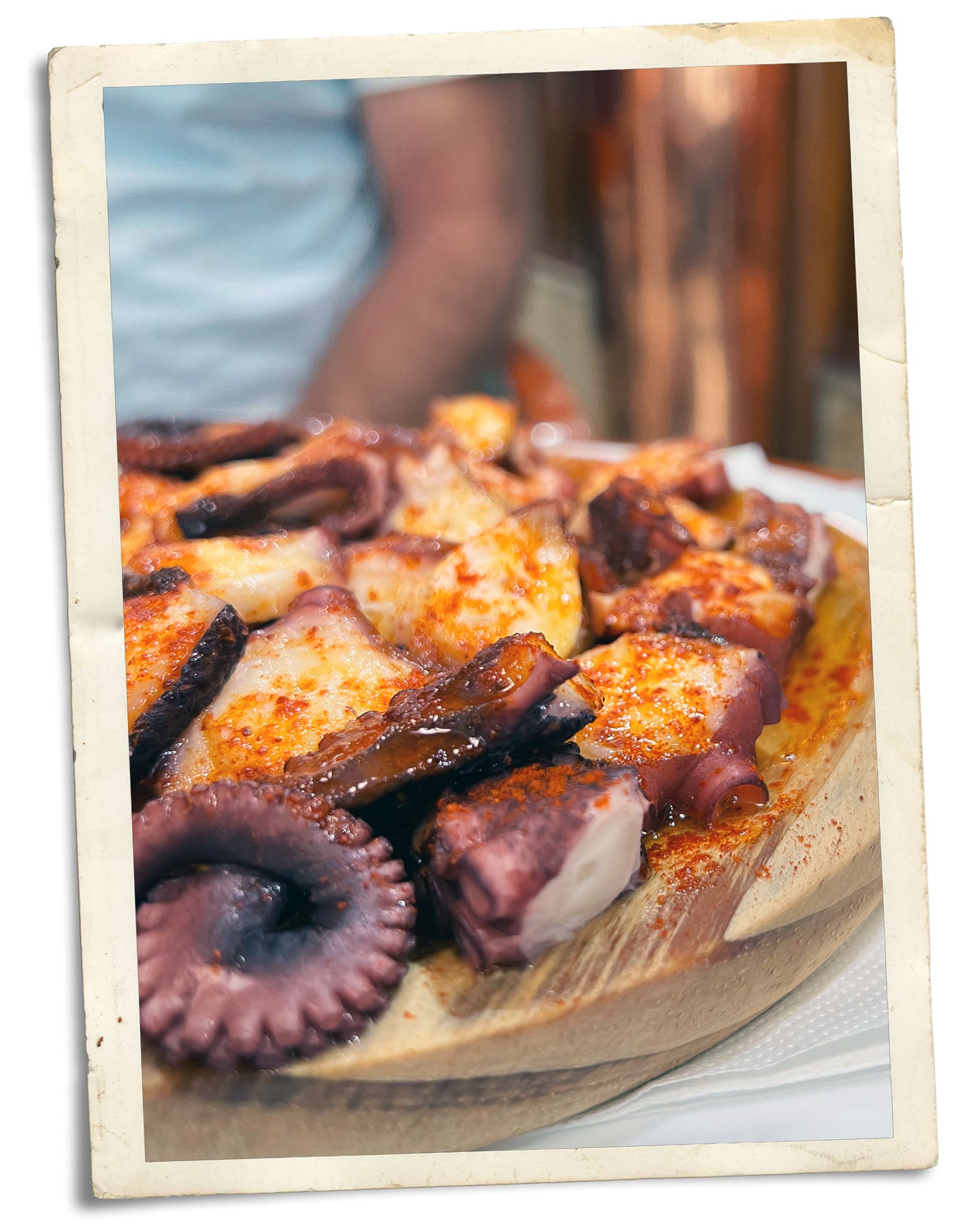
That night, having logged over fifteen miles, we tried our luck with another Galician greatest hit: polbo á feira. A wooden board of opal-hued octopus arrived, dressed with a crimson glitter of paprika and salt. Cut into small discs, the boiled bounty offered the satisfying saline crunch of coarse salt and perfect textural resistance before giving itself over to the tender, creamy inside that tasted of spice and sea. The accompanying potatoes, boiled in the octopus water, were a delicious flavor call-back. Then came a plate of buttery whole-belly clams we mopped up with crusty bread. And though our small table had long since run out of room, we couldn’t resist a bowl of blistered pimientos de Padrón. Sourced a stone’s throw south in the eponymous valley, these tiny green peppers, Tam’s favorite, were a pleasingly bitter counterpoint to the sweet seafood.
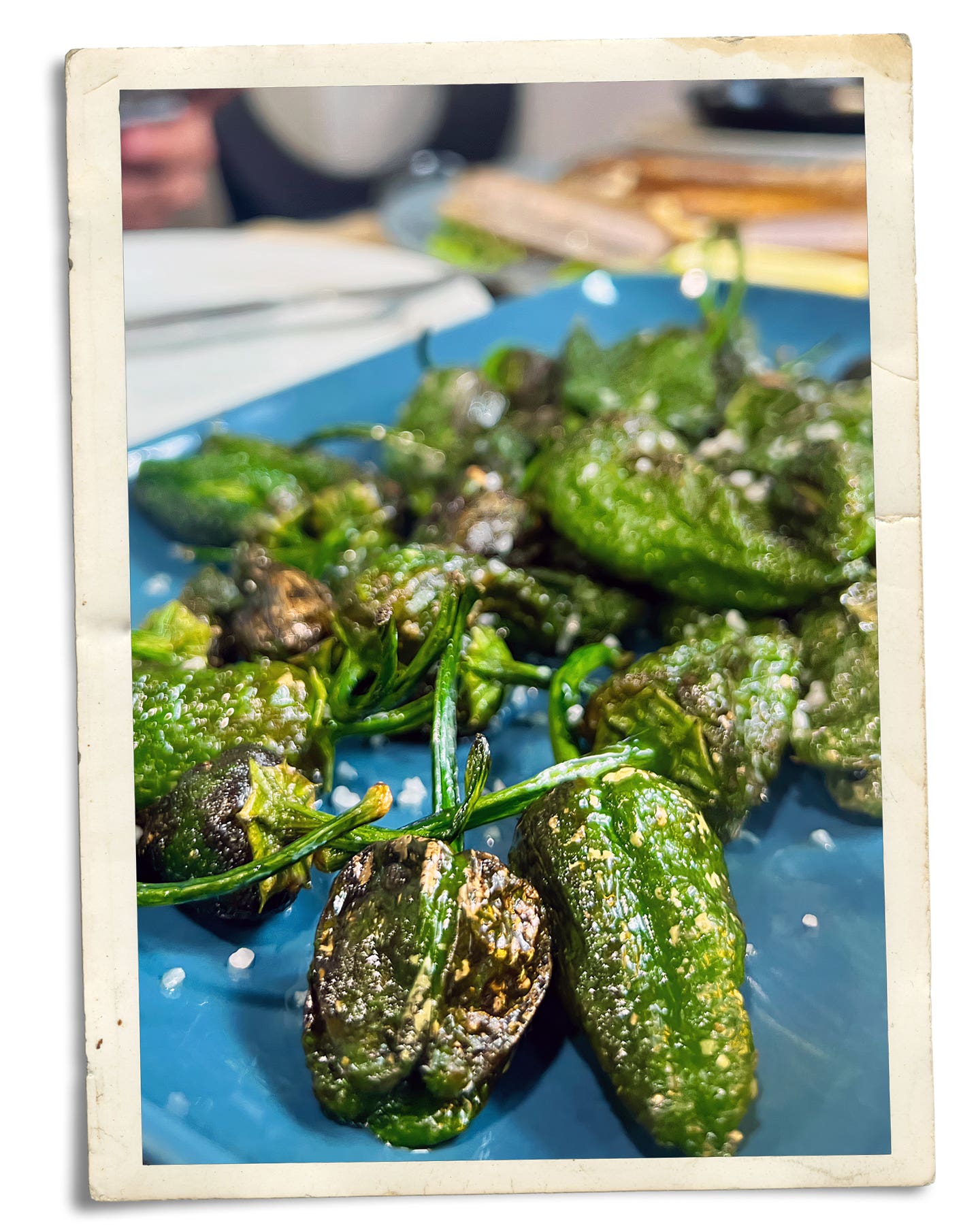
Days 3 and 4: Not If, But How
From the high cliffs of Cabana de Bergantiños, our percebes adventures continued. A few hours into the hike, we caught the sounds of rhythmic scraping between the crash of waves. Large white bags dotted the stony inlets and indigo sea; small dinghies moved back and forth to collect them. A whistle blew and the scraping stopped.
“Bos días,” we greeted a burly lookout with aviator glasses sipping from a metal thermos. He nodded and whistled, then the harvest resumed.
Heading into this trip, I had worried that not building in a break day might in turn break me. But day three gave way to day four without any major aches or pains. The trail wove around the countless viewpoints and peninsulas from Ponteceso to Laxe to Arou and, shockingly, so did I.
As if the universe had orchestrated a reward, at the end of day three, we found ourselves on the sandy beaches of Laxe. The route was flat and fast, which meant we were done hiking by 4 p.m., in time for aperitivo hour at Ancora Taberna. There were pintxos and Petroni on the rocks: an aromatic and refreshing Galician vermut made from albariño grapes, wormwood, and hibiscus (plus 29 other local botanicals).
We ordered eight heart-stopping Santoña anchovies (for the outlandish price of 10), which were served with the pomp of a jeweler’s display tray in a sunbath of olive oil. The rose-hued, hand-cut fillets melted in our mouths—salty, creamy, and rich. If I have one regret from the Camiño, it’s that I didn’t order seconds.
Day 5: Mine on the Rocks, Please
In the dunes of Monte Branco between Arou and Camariñas, I hit my wall. Travels to Finisterre, the official agency of Camiño dos Faros, advised us to “take the climb calmly, making the stops that you consider opportune, and beware of the falls in the descent.” It seemed they were referring to more than just soil composition.
When you hit “the wall” on a hike—or at least when I do—nothing goes right. The sun is too hot; the rocks are too sharp; the descent is too hard on the knees; the ascent too arduous on the lungs; the surf too loud; the feet too tired. We reached a viewpoint high above Praia de Arealonga. It took the others a few steps to notice the quiet as the sound of my walking sticks against the pavement stopped their rhythmic ticking. “This is it,” I said. “Looks good,” Tam answered. And it became clear that this was my wall, not theirs.
We distributed our dwindling bags of nuts, Haribo candies, and my personal panacea: a wedge of leftover tortilla de Betanzos from the night before.
Tortilla de Betanzos is a local variety of Spanish omelet—you know, the one with eggs, potatoes, and onions—characterized by its lush, languishing custard-like center (achieved through low, slow cooking). It was sultry, messy, and perversely satisfying, and it clung to the edge of the pie tin with the resilience of Galician mud.
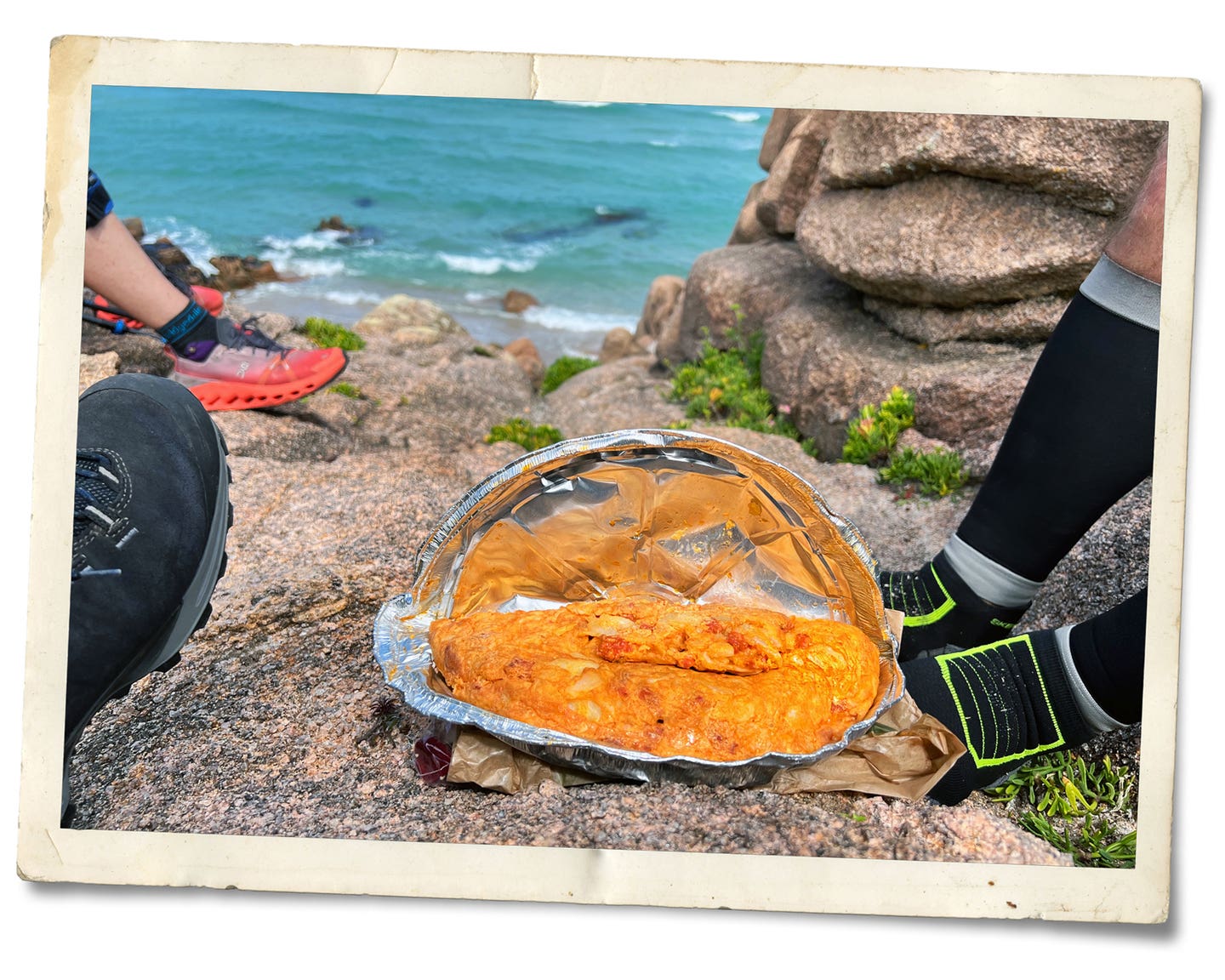
I ate it with my hands, relishing its silky, sticky texture between my fingers, and remembered the lesson of the percebes in the vertiginous kaleidoscope of sea, salt, sky, water, and wind. That mindful moment gave me the energy to pack up and continue on.
Days 6, 7, and 8: To The End of the World
Miles of grueling ascents and terrifying switchbacks through gorse-lined paths left deep red scratches on our arms and legs. The spiny taxo culprit, a Galician symbol of strength and resilience, felt more like mockery than motivation. We were weary. The closer we got to Finisterre, the more trails converged onto “our” path. English grew more frequent, the seafood more familiar, the tortillas firmer. Everything was easier to eat with a fork. My untranslatable Galicia seemed to be slipping into a slightly more generic Spain.
Although the path is named the Way of the Lighthouses, the buildings themselves play a remarkably small role in the route’s landscape and layout. There were days we didn’t see a single one, and others we saw only from a distance. It seemed fitting that our final destination, Faro de Fisterra—Europe’s most visited lighthouse, sitting nearly 470 feet above sea level from it’s highest point—appeared to be just out of range on our last day, no matter how far we walked or how high we climbed. Until it wasn’t. At 5:57 p.m. on that blue July day, we gratefully closed a chapter, placing our hands on the rugged stone cross at the ocean’s edge, worn smooth in sections by the hands of pilgrims and tourists who came before us.
As if on cue, a busker began playing a gaita, a local bagpipe, another reminder of the region’s Celtic roots. We drank Spanish-style gin-tónics (which we had renamed “glitter water” somewhere around day three) and feasted on now-familiar tapas while the real traskis—the goats roaming the peaks above us—looked on with curiosity.
That evening, I turned off my morning alarm, happy to let nature take its course. But instead of sleeping through breakfast, I woke at dawn to a room bathed in the glowing, salmon-hued light of a seaside sunrise. It dawned on me that I had walked over 100 miles to close one chapter, only to see another begin. And through the full-length windows from my hotel bed, I watched the sun’s slow, steady trek until it crested the distant hills at the very end of the world.
Keep Reading
Continue to Next Story

